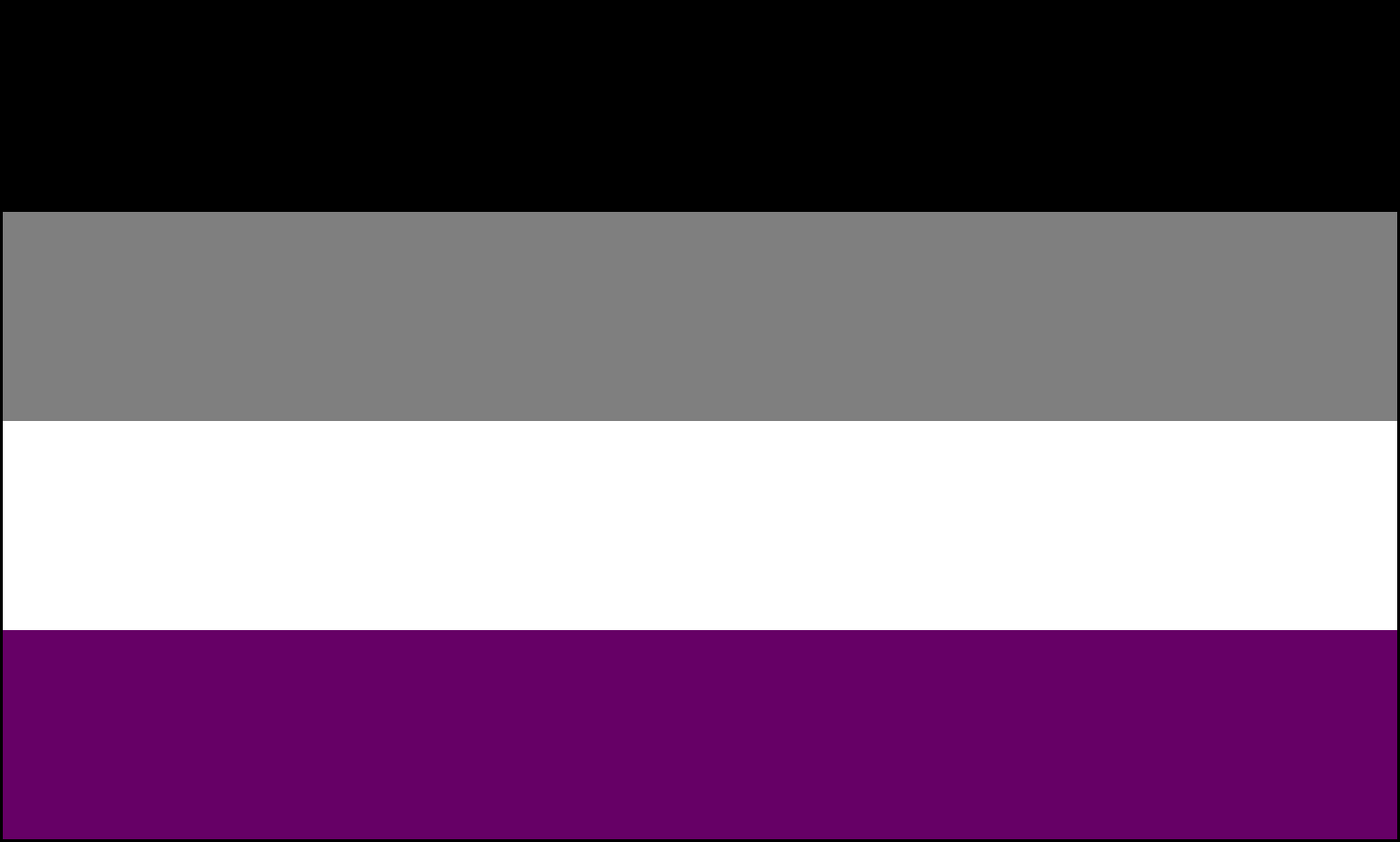
In today’s day and age, there are new terms that a lot of people aren’t familiar with. As we continue to advance, it can be hard to keep up with all the knowledge and terminology. Today, we’re exploring two terms that might be making or have made their way into conversations near you.
 Asexuality and demisexuality are apart of our sexual orientations family. As with all sexualities, there are challenges and those can shift depending on a whole variety of things.
Asexuality and demisexuality are apart of our sexual orientations family. As with all sexualities, there are challenges and those can shift depending on a whole variety of things.
These terms can also be part of the LGBTTTQQIAA + family. The LGBTQ + community consists of a wide diversity of sexualities and identities. Some who are asexual or demisexual consider themselves part of the LGBTQ + community, while other’s don’t and that’s perfectly okay. Not all those who identify as either term are heterosexual either. The thing to remember is every individual is different and sometimes definitions vary slightly.
For those who identify as asexual, or demisexual, there’s a term called the gray-A umbrella. It simply means that to those who are in this group, sexuality/attraction is not as black and white.
Asexuality: someone who identifies as asexual is someone who does not experience sexual attraction.
- Asexuality doesn’t change the basic foundations we enter into relationships. Whether these relationships are sexual or nonsexual. There can be different challenges but proper communication can help.
- People who identify as asexual can engage in sexual interactions, for various reasons and it differs from person to person.
- Being asexual does not mean, however, that they are celibate. Celibacy is often a choice someone makes not what their sexual orientation is. Not experiencing sexual attraction doesn’t stop an asexual from sexual interactions. Not experiencing sexual attraction doesn’t mean asexuals don’t like sex either.
- If an asexual explains they don’t feel sexually attracted to you, it doesn’t mean you aren’t sexually attractive. They aren’t attacking your appearance. They, as asexuals, just don’t experience sexual attraction like you might.
- Sexual attraction isn’t the only attraction someone can feel, asexuals often feel romantic attraction which means there is a desire for a romantic relationship.
- Sexual arousal isn’t the same as a sexual attraction for someone who identifies as asexual. Arousal for asexuals can happen regularly but again, varies from person to person. Remember it’s an overused stereotype that asexuals can’t enjoy and engage in sexual activities. Arousal and attraction are different from one another.
- A sudden loss of sexual arousal or interest doesn’t mean you’re asexual but it does happen. Just don’t make the mistake of believing another stereotype that asexuality is always a medical issue. It’s not. However, some medical professionals suggest making sure there isn’t a medical reason for your lack of interest and or sexual arousal because a small percentage of medical issues have the above as a related symptom.
Demisexuality: someone who identifies as demisexual means attraction usually comes once a strong connection emotionally is established. This term is considered a ‘halfway’ term between sexual and asexual. (Sexual – Demisexual – Asexual)
- Demisexuals tend to experience secondary attraction and not primary attraction. Primary attraction relates to appearance and personality. Whereas secondary attraction relates to connections, such as how close people are or the bonds they share.
- Demisexuals sometimes but not always, add a gender preference. E.G. demi-bisexual or demi-heterosexual.
- Demisexuals may often express that they wish to start out as just friends but this in no way, shape or form mean they value the sexual aspect of a relationship less.
- Demisexuals often find there is a lack of sexual attraction towards people until they form a close relationship. There’s no set time or date when this happens. This is where demisexuals differ from asexuals, demisexuals from time to time experience sexual attraction whereas an asexual will not feel sexual attraction, regardless of closeness.
The main thing about these additions to orientations is that they’re only a fraction of what makeup someone. These terms are nothing to fear or be ashamed of. You can choose to define your attraction, sexual views/expression or orientation however you see fit. There is a lot to learn but opening a line of communication can bridge gaps. The world we live in is continuing to grow and expand just like we are as people. So, let’s embrace the change and keep the conversation going.
Collab with Cassandra Marie Vella
Featured Image via Pexels


















